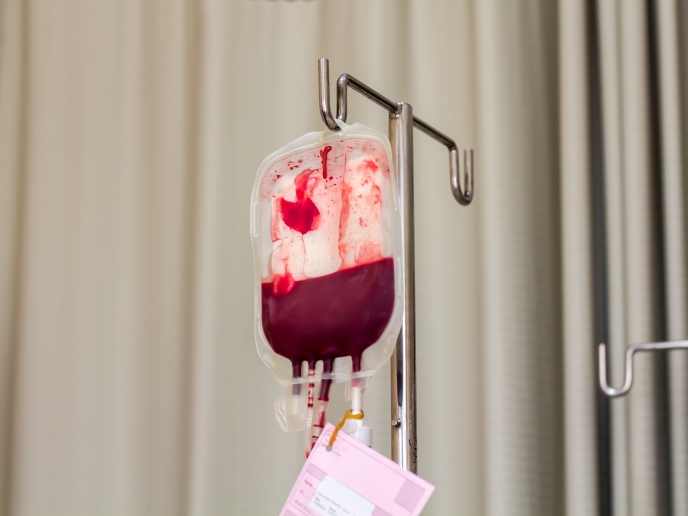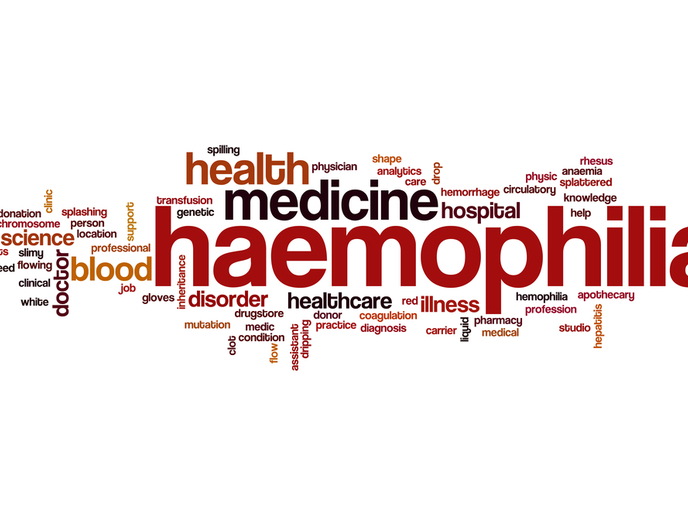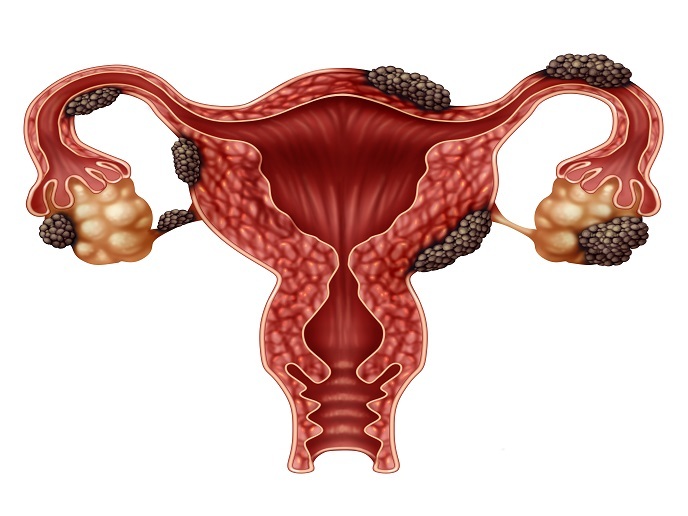Blood flow: opening the taps on our supply of stem cells
Every year, over 30 000 patients in Europe receive stem cell transplants. However, as with all transplants, there is a persistent shortage of suitable donors. The UNEXPECTED project, supported by the European Research Council, tackled this longstanding issue by investigating how stem cells can be grown outside of the human body. As well as a treatment for blood cancers, stem cell transplantation is becoming a more sophisticated therapy, says project coordinator Jonas Larsson. “With gene editing there are possibilities to correct genetic diseases via stem cells. If you can correct at the level of a stem cell you might correct the whole system.” However, to be a successful and sustainable therapeutic, we need to be able to multiply our available stocks of stem cells. This is a problem as stem cells grown in culture quickly mature and differentiate, losing their beneficial stem cell properties. “This is the real challenge. Stem cells have enormous potential when transplanted, but the minute they are in a culture dish they begin to lose it,” adds Larsson. Working with a team of researchers at Lund University, Larsson hoped to identify the key regulatory networks that keep stem cells in an undifferentiated state.
Gene screen
To find out what these might be, Larsson and his colleagues exposed clusters of stem cells to virus particles carrying gene inhibitors powered by RNAi and CRISPR. Each virus particle infected one cell, targeting a single gene, and left a telltale molecular tag. “The screening tool is simple in a way, since the default pathway for these cells is to differentiate,” explains Larsson. “All we need to do is look for cells that did not differentiate, and see what the genetic perturbation was that allowed the cell to maintain potency.” The process identified over a dozen genes of interest whose expression or silencing may help stem cells resist differentiation. For those that were part of known signalling pathways, Larsson and his team turned to off-the-shelf pharmaceutical inhibitors that could perturb the activity of the gene. The ultimate goal is not to edit the stem cell genes, but to formulate a protocol that will keep stem cells from differentiating in culture. These pharmaceutical agents are then rinsed off the cells before they are implanted. To guarantee they had maintained their potential, Larsson also transplanted the cultured stem cells into mice. “Surface markers on stem cells indicate their potency, but the perfect test is to show they can regenerate blood in a transplanted individual,” he says.
Cancer clues
The results gained by Larsson and his colleagues have been promising so far, and the group has published several papers on the research. The team identified several genes that prevent stem cells growing in culture, which can be overridden by pharmaceutical inhibitors. The work also identified the role of several genes in tumour cells. “An expanding stem cell is to some degree equivalent to a cancer cell, both have an unlimited potential to grow, so some of these genes are crucially important in cancers, particularly blood cancers,” notes Larsson. “This was not part of the original aim, but is a very exciting consequence.” Larsson is now assessing several of the targets the team have identified in more rigorous terms, to see if they can safely go to clinical trials. The group has also identified several unique identifiers from the RNAi screens that they hope to commercialise.
Keywords
UNEXPECTED, stem cell, blood, donor, transplant, gene, pharmaceutical inhibitors, RNAi, CRISPR







